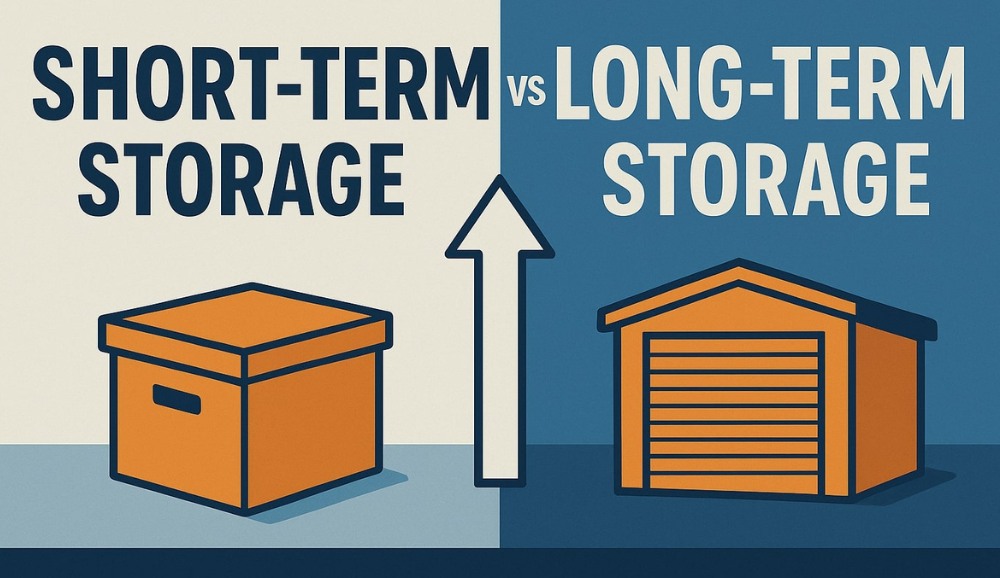Short-term storage is great if you’re dealing with a remodel, or if you just need some extra space during your move. Short-term rentals are usually pricier month-per-month, but if you do it right, you won’t need the unit for very many months anyways.
- Three months or less: Anything longer than three months, and you should be looking for long-term storage instead. Due to the short time window, we recommend short-term storage as a temporary fix - so make sure you’ve got buyers lined up for your extra stuff.
- Best for: Plenty of people book short-term storage when they move, or when they’re dealing with a remodel, a fumigation, or just a temporary lack of space (whatever the cause may be). If that sounds like you, short-term storage is your ticket.
- Higher monthly rate, but less time overall: Short-term storage rentals come at a higher monthly rate. Since you’re paying month-to-month, your final price depends on how long you’ll actually need to rent the unit.
- Something to consider: Temporary solutions oftentimes turn into permanent (or at least long-term) problems. Be honest with yourself. Can you REALLY find a home for all that stuff in storage, before three months are up? If not, go for long-term instead.

